GUEST BLOGGER JILANNE HOFFMANN
A River of Dust: The Life-Giving Link Between North Africa and the Amazon tells the story of dust’s journey as it soars above the broad landscapes of North Africa, spills over the Atlantic, and settles in the Amazon rainforest. Its tiny particles deliver precious cargo that is key to the health of Amazon and ocean ecosystems. Dust’s story is a lyrical ode to the vital roles that even the smallest among us can play, and as a story of separation and reconnection, it is STEM with a beating heart.
Discuss the book
Read the story aloud in class. Ask students these questions before reading the back matter:
- Where does dust begin and end its journey?
- What does “great forces tore us apart” refer to? If students don’t know about continental drift, offer a brief explanation or wait until reading the back matter.
- What does dust do as it travels?
- Where does it fall along the way?
- What does dust carry?
- Why is dust’s journey important?
- How do you think scientists know this?
- When might dust in the air be dangerous, not helpful?
Fiction vs. nonfiction
- Why do students think the author chose to tell the story from the point of view of the dust?
- What do they think the story gains or loses by using this point of view?
- Is the story fiction, nonfiction, or a mix? What parts are fiction vs. nonfiction?
- What clues does the author provide that the information presented is factual? (Hint: remember to read the acknowledgement page and author’s note)
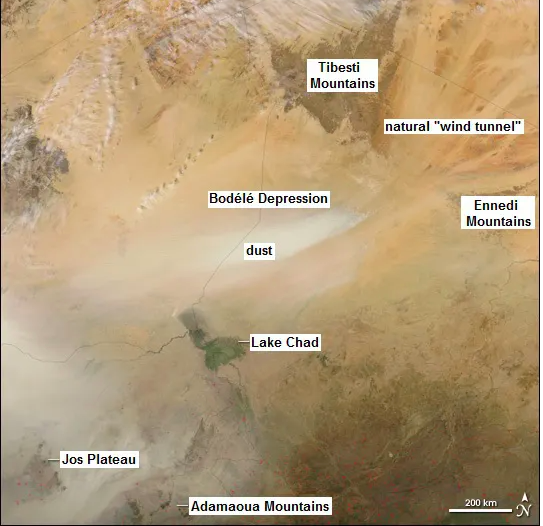
Image credit:NASA Earth Observatory image by Lauren Dauphin, using VIIRS data from NASA EOSDIS LANCE, GIBS/Worldview, and the Suomi National Polar-orbiting Partnership.
Geography – Using a map
Watch this NASA video about dust’s journey.
- Using a globe or map, find the country of Chad in North Africa. Follow Dust’s journey from the Bodélé Depression in Chad westward across North Africa. What countries and rivers does dust fly over before reaching the Atlantic Ocean?
- In South America, what countries contain the Amazon rainforest? What major river flows through the Amazon rainforest?
- Read the author’s bio on the back flap. Ask students to find the Gobi Desert on a globe or map, and track its path to the California Sierras. Is its journey longer/shorter than or the same as the journey made by North African dust?
Write a fictional story about dust
Ask students to write a story, using their imagination, that describes where the dust on their shoes/bookshelves/floors comes from. Emphasize the use of adjectives and active verbs to create a sense of movement and a rich sense of place.
Write a mask poem
A RIVER OF DUST is written as a mask poem (a poem that is written from the point of view of someone or something that is not the poet). The point of view can be a thing, like dust, an animal, or even a place. Ask students to rewrite their story as a mask poem. The point of view could be anything from the thing that the dust lands on, the place where the dust comes from, or even a single speck of dust.
Questions for curious minds
Divide older students into groups, one for each section of the back matter. Ask each group to read the section they’ve been assigned. Or, for younger students, choose one or two sections in the back matter to discuss as a class. Read the section(s) aloud.
Ask each group to explain (or ask younger students to explain) what they learned from the section they read or that was read to them. How does this new information add to their understanding of the story?
- Using examples from the back matter, ask students to describe the kinds of questions scientists ask.
- How are scientists similar to reporters for newspapers? (Ex. Who, What, Where, When, Why, seeking proof)
- What would happen if scientists never asked questions?
- Ask students to describe the most important characteristics of being a scientist.
What additional questions do students have about the river of dust or about dust in general? Make a list. Ask students how they would go about finding answers to their questions. If there’s time, ask students to research answers.N
Featured image credit: NASA, Saharan dust storm – https://www.nasa.gov/multimedia/imagegallery/image_feature_989.html
Jilanne Hoffmann was an engineer for IBM before turning to writing. She now combines her love of our planet with her deep interest in science to write about Earth’s hidden stories. Jilanne believes that understanding and empathy arrive on the coattails of knowledge. The more we know about Earth, the more likely we are to preserve it and all of its inhabitants. Jilanne’s website offers a host of educator resources, including an educator’s guide, links to videos about dust’s journey and plate tectonics, and a satellite building activity. She is also the author of HAPPY CAMPER and THE HONEY BEAR HIVE, two nonfiction board books.
- Website: https://jilannehoffmann.com/
- Facebook: jilanne.hoffmann.96
- Twitter: @Jill_SF
- Instagram: @jilanne2694


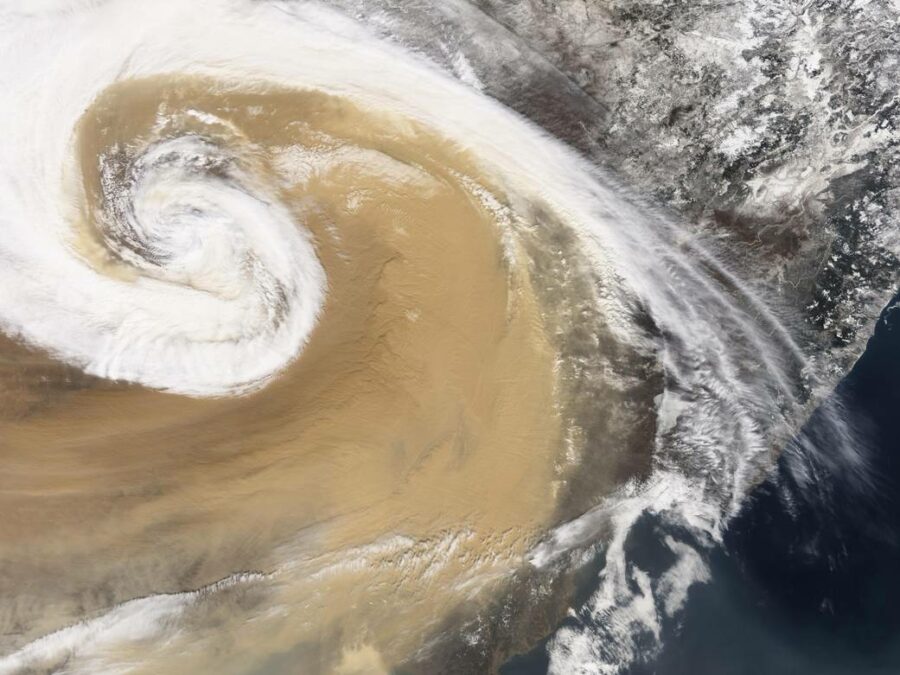

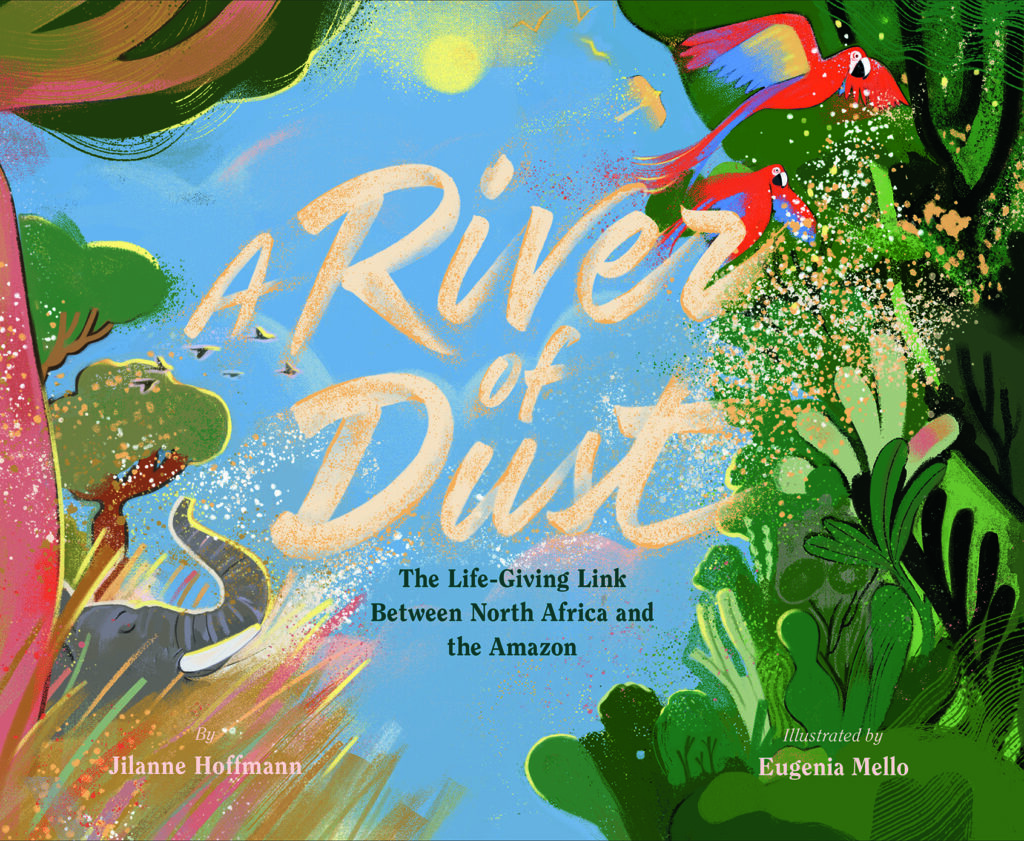


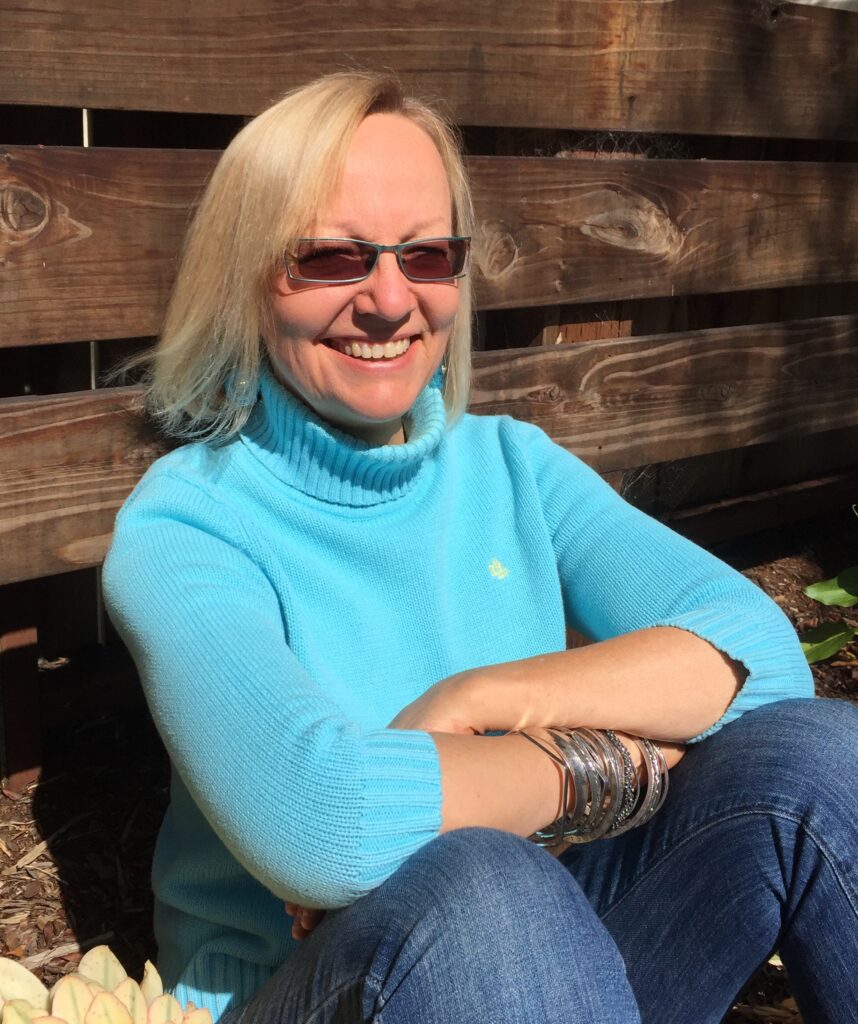
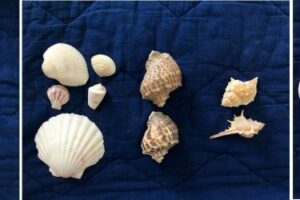
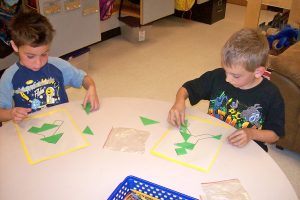



Leave a Reply
Your email is safe with me.